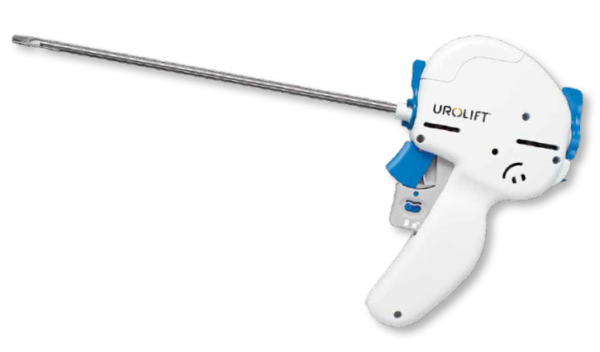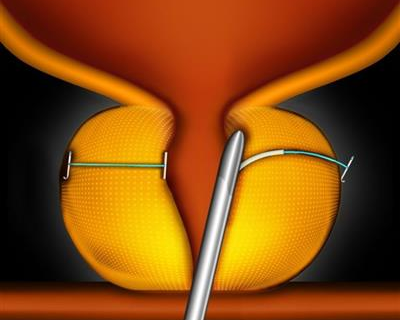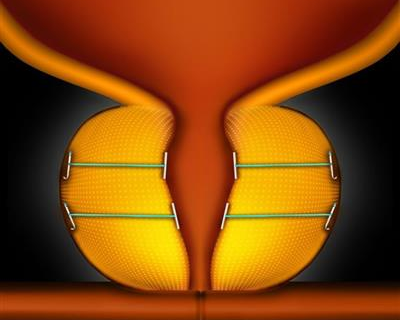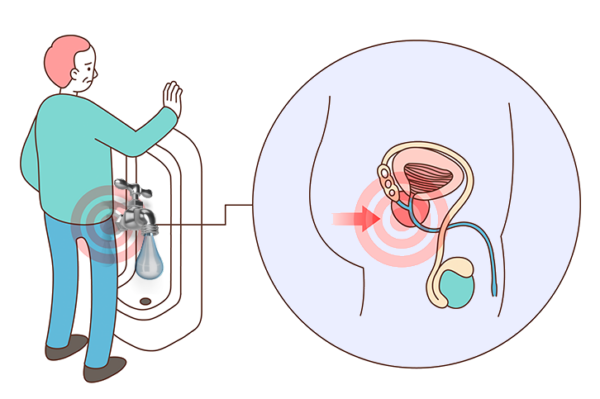Benign Prostatic Hyperplasia in Korea – UroLift
A refreshing solution to the worries of middle-aged men…
Procedure Process Explanation
Benign Prostatic Hyperplasia (Englarged Prostate) and the UroLift Treatment
The prostate is a walnut-sized male reproductive organ that produces prostatic fluid, which makes up about 30% of semen. It is connected to the urethra and plays an important role in urination. When the prostate enlarges, it presses against the urethra, causing urinary problems. This condition is called benign prostatic hyperplasia (BPH).
Although BPH is not a life-threatening condition, it significantly affects the quality of life for middle-aged and older men. Many men endure urinary symptoms thinking they are tolerable and delay visiting a doctor. However, if left untreated, the condition can worsen to the point where wearing adult diapers may become necessary.
BPH can begin to appear as early as the 30s or 40s, when male hormone levels start to fluctuate. By the time men reach their 50s, over 50% are affected, and in their 70s to 80s, most men experience some degree of BPH, making it a very common condition.
UroLift is a procedure that does not involve cutting or burning the prostate. Instead, small implants are inserted and sutures are placed to hold the enlarged prostate tissue apart, thereby widening the urethral passage and improving urine flow.

Advantages of UroLift
The UroLift procedure is completed in a short time — about 15 to 20 minutes — under simple local anesthesia, which significantly reduces the risk of complications that can occur during surgery. In addition, it has a low incidence of side effects such as erectile dysfunction, urinary incontinence, or retrograde ejaculation.
Surgery Time
15 to 20 minutes
Anesthesia
General / Local
Complication Rate
Significantly low
Retrograde Ejaculation
Significantly low
Recovery Period
Same day discharge possible
Causes of Benign Prostatic Hyperplasia, and the UroLift Procedure
The exact cause of Benign Prostatic Hyperplasia (BPH) is not yet fully understood, but it is known to be influenced by a combination of factors.
As men age, the male hormone testosterone may play a key role in stimulating prostate growth. In addition, those with a family history of BPH are at higher risk. Lifestyle factors such as obesity, high-fat diets, and lack of physical activity may also be associated with the development of BPH.

STEP 1 – Preoperative Anesthesia
The enlarged prostate compresses the urethra. Anesthetic gel is applied through the urethra to perform local anesthesia.

STEP 2 -Implant Insertion
After inserting the implant, the prostate tissue is pulled back and the narrowed urethra is expanded using a lifting technique.

STEP 3 – Prostate Ligation
After ligating the enlarged prostate on both sides to secure space in the urethra, the urination problem improved.
When urination feels smooth, life feels smooth too.
Who Needs Benign prostatic hyperplasia treatment?
Many people think that benign prostatic hyperplasia is an inevitable phenomenon of aging, so they often ignore the symptoms. Of course, it is true that bodily functions decline and urination becomes more difficult as you age, but it is different from the general aging phenomenon in that it is a disease that occurs as the prostate enlarges.

Benign Prostatic Hyperplasia – UroLift procedure
If benign prostatic hyperplasia is left untreated, it can lead to a situation where you cannot urinate properly and may need to have a catheter inserted.
If this condition persists, bladder function may be damaged, and even after treating the prostate, natural urination might not be possible, requiring lifelong use of a catheter. In severe cases, kidney function may decline, and various complications such as bladder stones and urinary tract infections can occur, so early management is essential.
